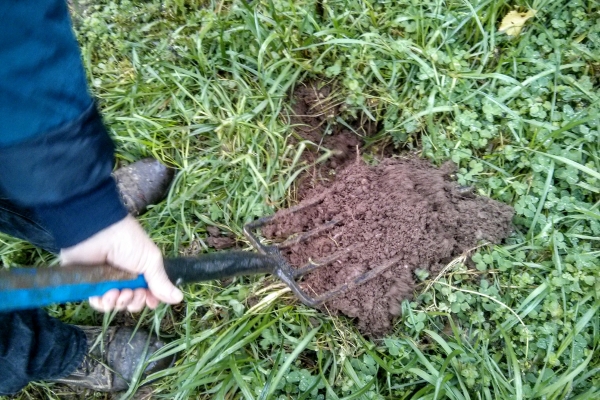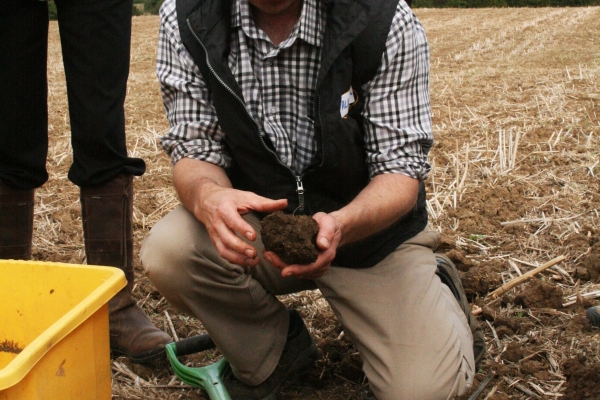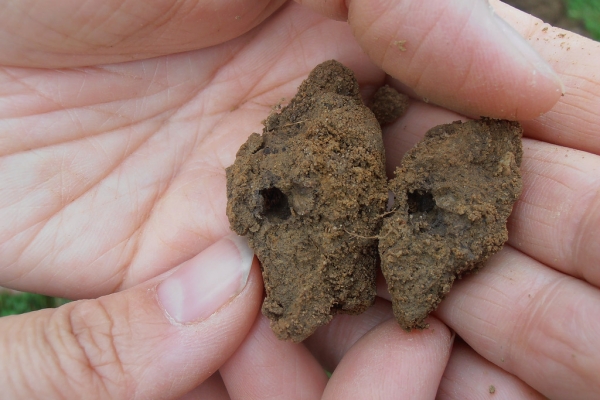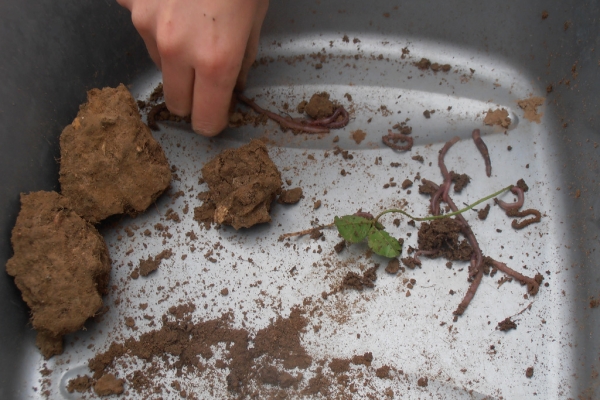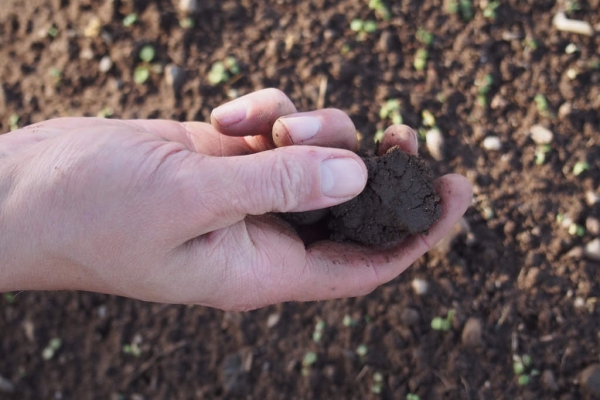Time for lime
Autumn is the perfect time for lime to capitalise on early spring growth on low pH soils. If ground conditions permit, taking action now to correct low soil pH will bring benefits in the spring.
A simple and effective way to help increase grassland productivity is to apply lime to correct the pH status of the soil. With an extra tonne of used grass worth £334/hectare (ha) according to recent research at AFBI can you afford not to rectify soil pH and unlock the potential?
Traditionally farmers have applied lime in the spring but winter rainfall helps dissolve and move the lime through the soil removing the risk of compromising early grass growth and lime being taken up in the following silage crop. Excess lime in mown grass will inhibit silage preservation resulting in poor quality silage. Autumn application also means you won’t need to juggle slurry and urea applications in the spring as this should be avoided for up to three months after lime to reduce the nitrogen losses through volatilisation.
Lime is a soil conditioner and corrects soil acidity, ensuring nutrients are available to crops and allowing micro-organisms and earthworms to thrive and break down plant residues, animal manures and organic matter. The optimum pH for grass and clover swards is 6.0 for most soils but on peaty soils, pH can be lower at 5.0-5.5.
A survey by the Professional Agricultural Analysis Group in 2015/16 found that soil pH was less than 5.5 in 19% of grassland soils tested. Not correcting soil pH can cause large yield losses by up to 20%.
The amount of lime to apply will depend on current soil pH, soil texture, soil organic matter and the target pH, which should be 0.2 pH points above optimum i.e. 6.2 pH for grassland soils. Clover is more sensitive to soil acidity than many grass species and soil pH should be maintained to encourage a clover-rich sward.
The most common liming product is chalk or ground limestone – calcium carbonate (CaCO3). Some forms contain magnesium and is effective for correcting soil magnesium deficiency as well as acidity. However, many years of using magnesian limestone can result in an excessively high soil Mg Index and excess magnesium in the soil solution may induce potash deficiency in crops.
The quality of liming material is based on neutralising value (NV) and reactivity. The NV is expressed in terms of the percentage of calcium oxide equivalent; 100 kg of a liming material with a NV of 50% will have the same NV as 50 kg of pure calcium oxide (CaO).

For established grassland or other situations where there is no, or only minimal, soil cultivation, no more than 7.5 t/ha of lime should be applied in one application.
Reactivity is the speed of action which is related to the particle size. Generally, the smaller the particle size, the larger the surface area and the quicker the action. For example, granular lime contains fine particles which disperse after application, so it has a high reactivity (>98%). It can be spread by a fertiliser spreader and is useful when pH needs to be changed rapidly.
More information can be found here GREATSoils – Soil pH and in the Nutrients Management Guide (RB209).
Siwan Howatson is a Dairy Scientist at AHDB focusing on grass, forage and soils within the Animal Science Team. Growing up on a mixed family farm in North Wales was key in the development of her interest in agriculture, and after graduating from Lincoln University in Bio-Veterinary Science, working on a dairy farm in New Zealand cemented her interest in grassland production. Siwan is currently studying part-time towards a Master’s degree in Ruminant Nutrition at Harper Adams – focusing on a research project investigating the relationships between KPIs used for grassland performance.



